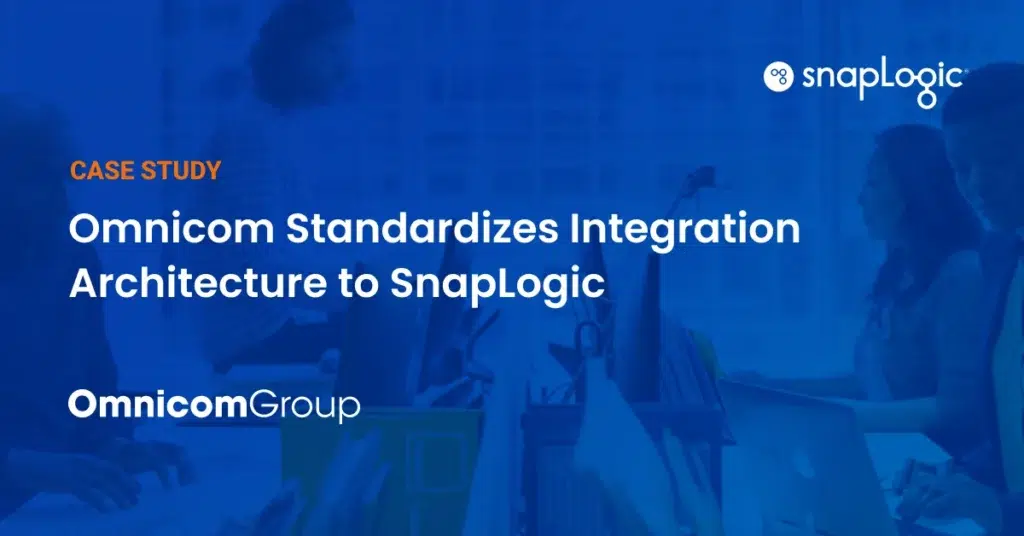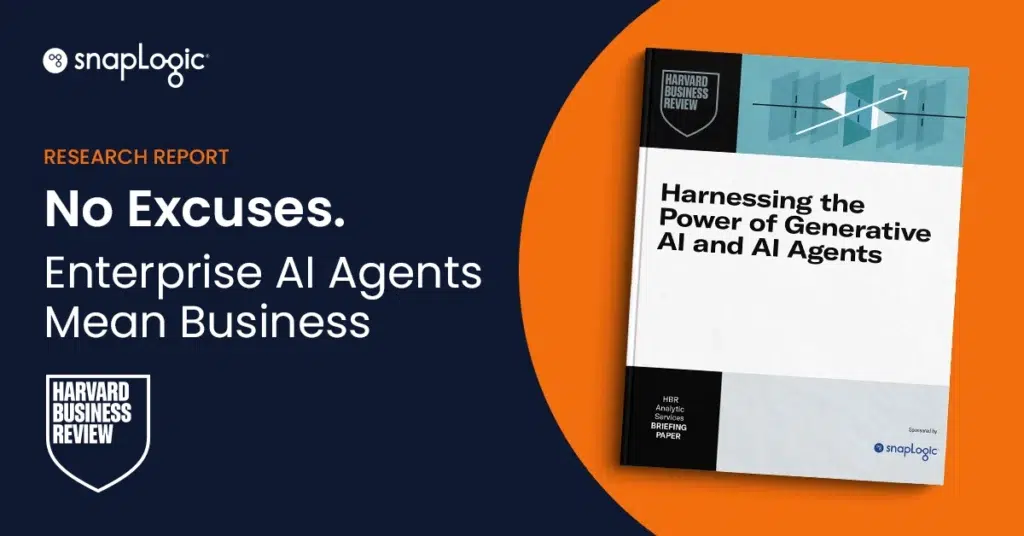As organizations update their business platforms to include digital solutions, a data integration plan helps lay out a framework for digital transformation by incorporating the timelines, goals, expectations, rules, and roles that will encompass complete data integration.
Data integration plan goals
Goals are one of the first data integration patterns to be established. They lay the framework for what is to come of the Data Integration Plan. While not all data integration goals can be achieved at once, goal-setting helps IT and data professionals understand what initially needs to come of the plan and to make best attempts toward implementing out-of-reach but potentially accessible future goals.
Data integration expectations
Developing expectations means laying out the responsibilities of each member of a data integration strategy. These expectations serve as benchmarks and reporting points toward goal completions and performance.
Timelines for a data integration plan
Timelines are the part of the plan that rely upon professional collaboration to be successful. A data integration timeline will incorporate multiple aspects of the businesses – from customer analytics to realistic digital framework construction timing. For instance, customer analytics might indicate that a complete transformation project needs to take place in six months’ time, but team engineers might not be able to accomplish that goal in that amount of time. The best compromise is a realistic timeline.
Rules for data integration
Usually, rules for data integration center around analytics and best practices. Rules, though self-explanatory, are part of what prevents other teams or colleagues from undoing the other’s work. Clear standards for operations helps streamline efforts and prevent integrations with errors.
Roles in data integration planning
Roles in data integration planning are important to establish early on. Each data integration plan or project is unique depending on the legacy system and new programs. By ensuring that human resources, skill sets, and roles are properly filled and compensated, a company can ensure the success of the final data integration strategy outcome. Skill sets needed for traditional data warehouses and cloud-based warehousing are different.
Future planning
Finally, data integration plans must include future foresight and take into consideration big data, cloud capabilities, customer-initiated self-service, the internet of things, and many other highly technical but necessary components relevant to the current integration goals and future growth. A good data integration strategy not only prepares for the influence of these technology services, but it anticipates how these elements will change in the future, saving the company the time and trouble of addressing long-term problems later on.









